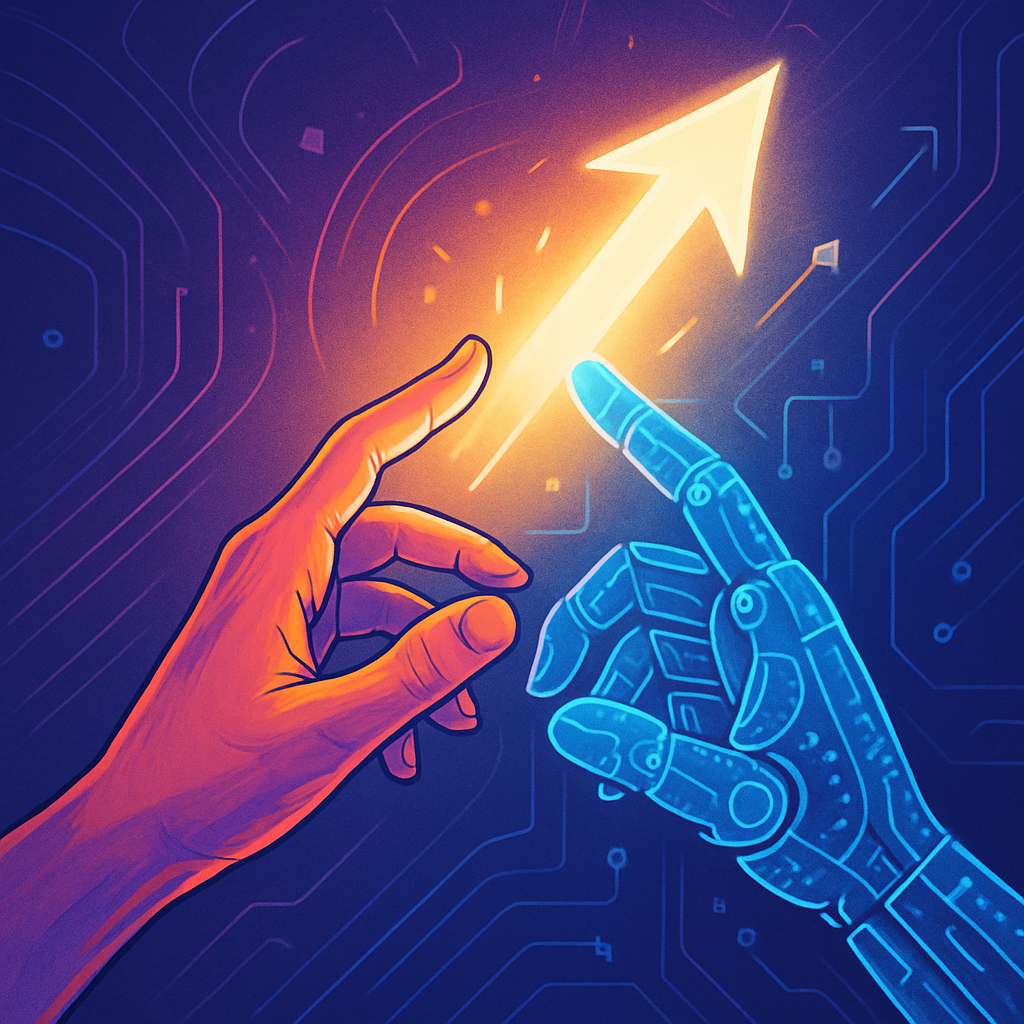
AI Agents That Matter: Improving Real-World Usefulness
36%20px.png?width=64&height=64&name=Mrs.%20Neura%20Transparent%20(Aperture)36%20px.png)
Hey there, AI enthusiasts! 👋 Miss Neura here with an exciting breakdown of a super important research paper that could change how we evaluate and build AI agents.
You know those cool AI systems that can browse the web, write code, or help you shop online? They're called "AI agents," and while they're all the rage right now, there's a BIG problem: we're not measuring their real-world usefulness correctly! 🔍
This Princeton research team led by Sayash Kapoor discovered that current benchmarks for AI agents have serious flaws that could be leading us down the wrong path. It's like having a fitness tracker that only counts steps but ignores calories burned - you're getting an incomplete picture!
History
AI agents are the natural evolution from simple language models. While regular LLMs just respond to prompts with text, agents can actually take actions in environments - like controlling a web browser, running code, or using tools.
Historically, we've evaluated AI systems on accuracy alone. This made sense for traditional models, but for agents, this approach has led to some fundamental problems:
- Most benchmarks don't consider the cost of running these agents 💸
- Many don't have proper "holdout" test sets to prevent shortcuts 🤹♀️
- There's a lack of standardization that makes comparison difficult 📊
It's like if early car manufacturers only cared about top speed and ignored fuel efficiency, safety, and comfort!
How it Works
The researchers tackled this problem through five main investigations:
-
Cost-Controlled Evaluation 🧮: They created simple baseline agents and compared them with state-of-the-art (SOTA) agents on a programming benchmark called HumanEval. Surprisingly, their simple agents performed just as well as complex ones while costing WAY less!
-
Joint Optimization ⚖️: They modified a framework called DSPy to optimize both accuracy AND cost simultaneously, showing you can maintain performance while reducing costs.
-
Benchmark Analysis 🧪: They examined a benchmark called NovelQA to show how model evaluation needs differ from real-world deployment scenarios.
-
Benchmark Survey 🔎: They analyzed 17 agent benchmarks to check if they had proper holdout sets at the right level of generality.
-
Reproducibility Assessment 🔄: They tried to reproduce results from two popular benchmarks and found serious standardization issues.
Think of it like testing a self-driving car system. Current benchmarks might just check if it reaches the destination (accuracy), but ignore how much gas it uses (cost), whether it can drive on roads it hasn't seen before (proper holdouts), and if different testers get consistent results (reproducibility).
The Results
The findings were eye-opening! 👀
-
Many "advanced" agent architectures don't actually outperform simple approaches when cost is considered. In some cases, complex agents cost 50 times more for the same accuracy!
-
Joint optimization showed it's possible to reduce costs by 40-50% while maintaining the same accuracy on question-answering tasks.
-
Many benchmark evaluations allow for shortcuts because they lack proper holdout sets. Out of 17 benchmarks surveyed, 7 had no holdout sets at all!
-
Benchmark standardization is a mess - different researchers were evaluating on different subsets of the same benchmark, making results impossible to compare fairly.
The most shocking finding? Those fancy agent techniques like "reflection" and "planning" that everyone's excited about - there's little evidence they're actually helping! The performance gains might just be from brute force approaches like retrying multiple times.
Advantages and Disadvantages
Advantages ✅
- Brings much-needed rigor to agent evaluation
- Introduces cost as a critical metric alongside accuracy
- Offers practical ways to optimize both metrics together
- Provides a framework for creating better benchmarks
Disadvantages ❌
- Cost models will change over time as technology evolves
- The study doesn't cover all possible agent environments
- Doesn't address other types of costs like environmental impact or human labor
- Some recommendations might be difficult for benchmark creators to implement due to resource constraints
Applications
This research has massive implications for building AI agents that actually work in real-world settings:
-
For Researchers 🧠: New evaluation methods that control for cost will lead to more meaningful innovations instead of just throwing more compute at problems.
-
For Developers 💻: Joint optimization techniques can help build agents that maintain accuracy while drastically reducing operating costs.
-
For Companies 🏢: Better understanding of the tradeoffs between model complexity and real-world performance will lead to more practical deployment decisions.
-
For Users 👥: Eventually, this work could lead to more affordable, reliable AI agents that solve real problems without breaking the bank.
Imagine if this approach had been applied to chatbots from the beginning - we might have systems that are not only smart but also economical and reliable across a wide range of tasks!
TLDR
🚨 Current AI agent benchmarks focus too much on accuracy alone, leading to unnecessarily complex and expensive agents that might be taking shortcuts. This Princeton research introduces cost-controlled evaluation, joint optimization of cost and accuracy, and better benchmark design to develop agents that are actually useful in the real world, not just on leaderboards. The research shows we can maintain performance while drastically reducing costs, and questions whether fancy techniques like "reflection" are actually helping or if we're just seeing gains from brute force approaches like retrying multiple times.


